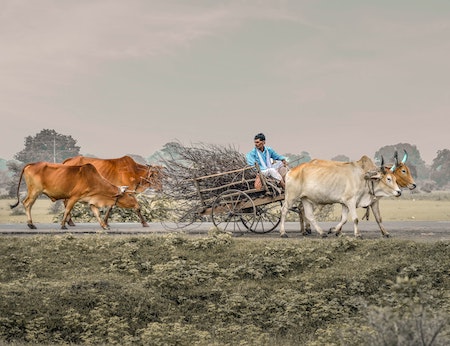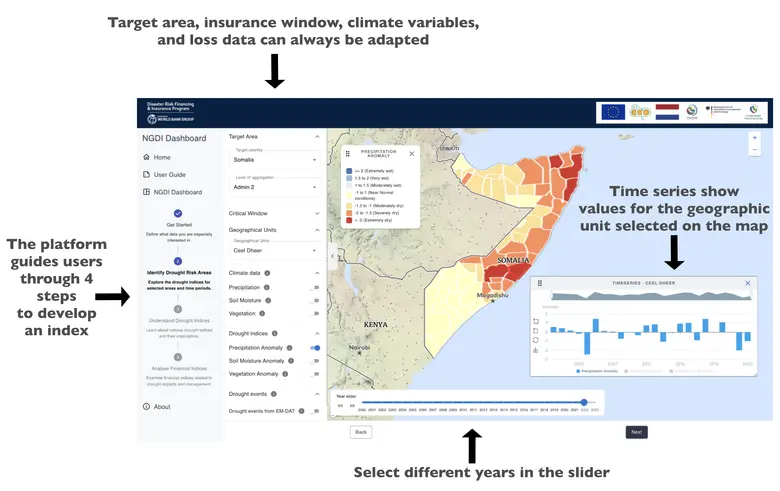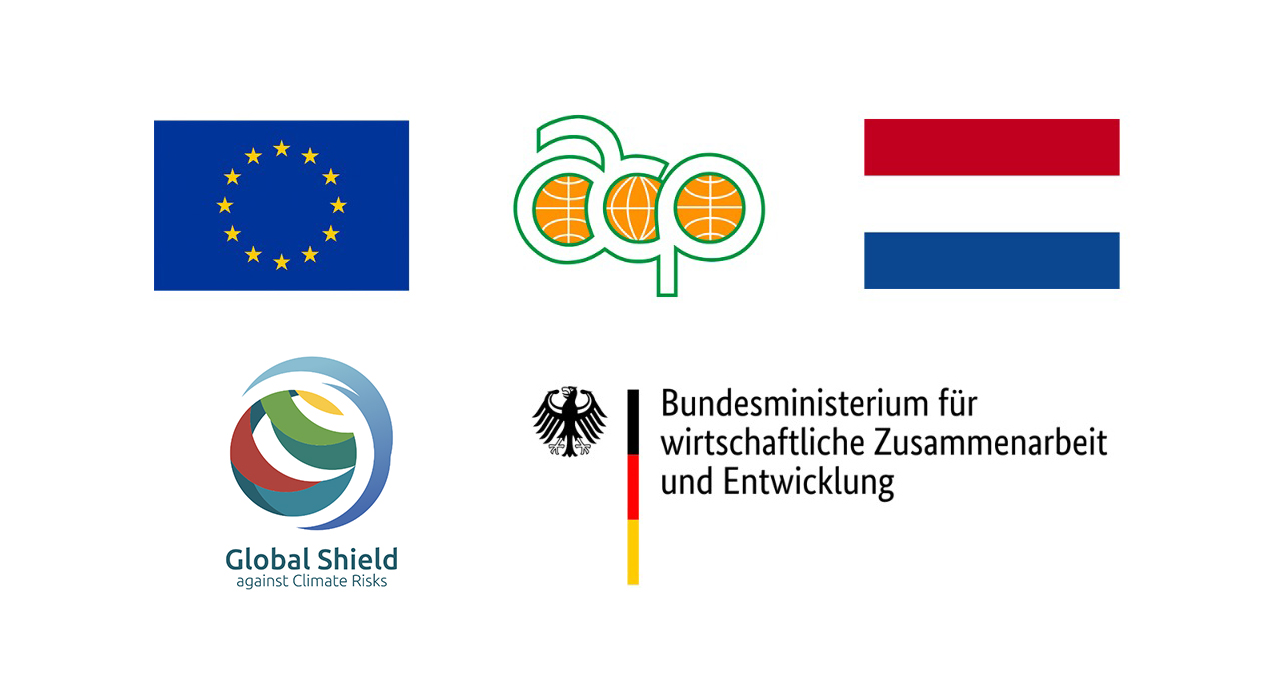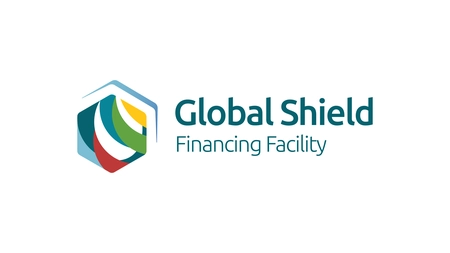Robust Drought Models for Reliable Action
There is growing evidence that the impact of extreme weather events can be mitigated via disaster risk financing and anticipatory action. Drought risk indicators support more timely financial response and can be computed months before the actual harvest.



